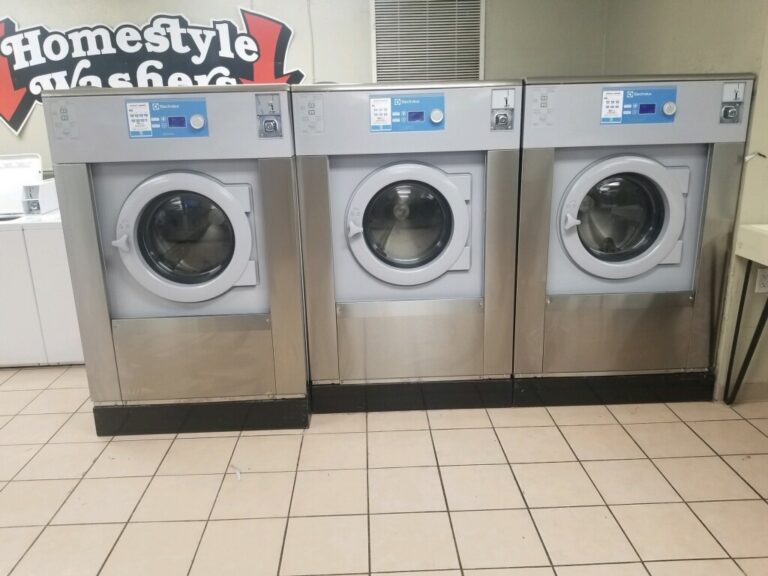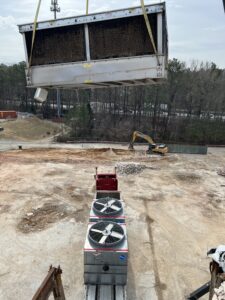When it comes to specialized transportation, durability, safety, and thermal control are essential. One of the most effective solutions used today across multiple industries is insulated truck body panels. These panels offer a balance of structural integrity and insulation performance, making them an ideal choice for vehicles like refrigerated trucks, mobile clinics, and especially ambulance box bodies.
In this article, we’ll explore what insulated truck body panels are, their applications, and how they enhance vehicle functionality—particularly in emergency medical services.
What Are Insulated Truck Body Panels?
Insulated truck body panels are composite materials designed with layers that include a thermal insulating core—commonly polyurethane (PU) or polystyrene foam—sandwiched between tough external surfaces like fiberglass or metal. These panels are engineered to maintain interior temperature, improve vehicle efficiency, and provide superior durability.
They are particularly valued in applications where climate control is necessary or where high-impact resistance is required. One of the primary industries benefiting from this technology is emergency medical services, with modern ambulance box bodies integrating these panels to meet stringent performance standards.
Learn more about these innovative medical transport structures:
ambulance box bodies
Key Features and Benefits of Insulated Panels
1. Thermal Regulation
The insulation properties of these panels help maintain stable internal temperatures regardless of external weather conditions. This is essential for transporting perishable goods or sensitive equipment—and in the case of ambulances, it ensures a controlled environment for patient care.
2. Durability and Impact Resistance
Insulated truck body panels are built to withstand external impacts, making them resilient against road hazards or harsh weather. Their robust construction adds to the safety of both cargo and passengers.
3. Lightweight Composition
Despite their strength, these panels are surprisingly lightweight, contributing to better fuel efficiency and improved vehicle handling. This is especially beneficial for emergency vehicles that need to move swiftly and safely.
4. Hygienic and Easy to Maintain
Surfaces used in insulated panels are often smooth and non-porous, making them easy to clean—an important feature in medical and food transportation. For ambulances, this ensures a sterile environment that can be sanitized quickly after each use.
Applications Across Industries
While insulated truck body panels are a cornerstone of the cold chain logistics industry, their use extends far beyond refrigerated trucks. Here are a few examples:
- Food and Beverage Distribution: Preserving temperature-sensitive items like dairy, meat, and frozen goods.
- Pharmaceutical Transport: Maintaining the integrity of medicines and vaccines.
- Mobile Medical Units and Clinics: Creating climate-controlled, sterile environments for on-site medical care.
- Emergency Response Vehicles: Modern ambulance box bodies benefit from these panels for their insulation, durability, and ease of maintenance.
Explore more about their use in ambulances here:
ambulance box bodies
Why Use Insulated Panels in Ambulance Box Bodies?
Ambulances are mobile treatment units that must maintain specific internal conditions regardless of external factors. Insulated truck body panels play a crucial role in meeting the following requirements:
- Temperature Control: Ensures patient comfort and protects medical equipment.
- Sound Insulation: Reduces external noise for a calmer, quieter medical environment.
- Structural Integrity: Withstands road vibrations and potential accidents.
- Infection Control: Smooth, sealed surfaces reduce microbial growth and are easy to sterilize.
These features make them an essential component in the construction of high-quality ambulance box bodies, allowing emergency services to deliver top-level care in the field.
Environmental and Cost Advantages
In addition to performance benefits, insulated truck body panels offer significant environmental advantages. Their energy-efficient design reduces reliance on air conditioning or refrigeration systems, which in turn lowers fuel consumption and greenhouse gas emissions.
Furthermore, the durability and long life cycle of these panels reduce the need for frequent replacements, saving costs in the long run.
Conclusion
Insulated truck body panels are more than just a material choice—they’re a performance solution. Whether you’re transporting frozen goods or saving lives in an ambulance, these panels provide insulation, safety, and durability that exceed industry expectations.
If you’re designing or upgrading emergency vehicles, particularly ambulance box bodies, integrating insulated panels is a smart investment in safety, efficiency, and hygiene.
To learn more about specialized vehicle solutions, visit:
ambulance box bodies













